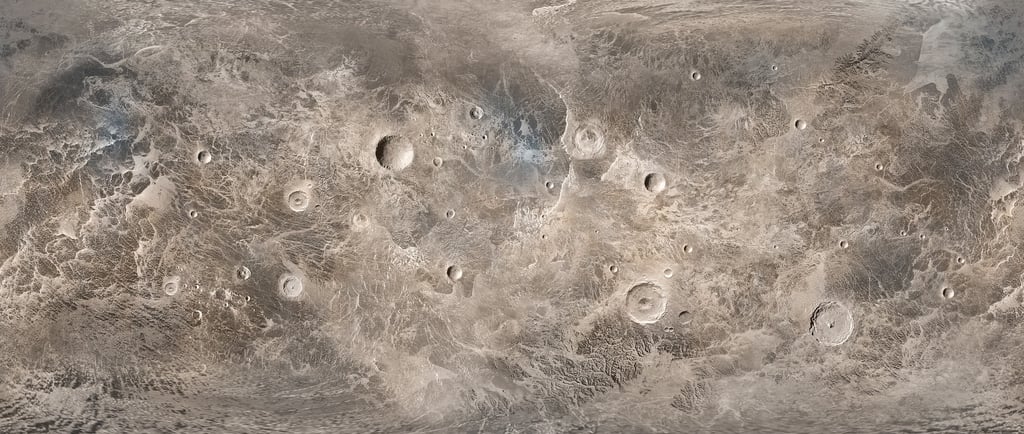Exploring Ceres
Fascinating Dwarf Planet
OUR SOLAR SYSTEM


Introduction to Ceres
Have you ever gazed into the night sky and wondered what lies beyond our planet? One of the most intriguing celestial bodies in our solar system is the dwarf planet Ceres. Located in the asteroid belt between Mars and Jupiter, Ceres is the largest object in that region and has a lot of surprises to offer.
Ceres may not be as glamorous as the larger planets, but its surface tells a captivating story. Observations from NASA's Dawn spacecraft revealed bright spots that have caught the attention of scientists and space enthusiasts alike. These bright patches are believed to be deposits of sodium carbonate, a type of salt, possibly hinting at the presence of briny water beneath. Imagine—an icy world with the potential for some form of life hidden beneath its surface!
What makes Ceres particularly fascinating is not just its unique geology, but also its potential for harboring life. The dwarf planet is home to a variety of features including large craters and intriguing mountain ranges. One of the most notable features is the Occator Crater, which contains some of Ceres’ brightest spots. These salty deposits hint at geological activity and even suggest that Ceres may still be evolving.
As we continue to explore this dwarf planet, scientists are getting excited about the possibility of discovering more about its composition and its history. The surface is thought to be a mix of water ice and rocky material—quite different from what we see on Earth! Perhaps one day, future missions will unlock more of Ceres' secrets.
Why Ceres Matters
Understanding Ceres is crucial for researchers who want to piece together the puzzle of our solar system's formation. Ceres is a remnant from the early solar system, and studying it provides insights into the conditions that existed billions of years ago. Furthermore, exploring Ceres could give us clues about the building blocks of life, which might help us understand our place in the universe.
As we learn more about Ceres, we continue to marvel at its beauty and complexity. So, next time you look up at the stars, remember that one of those distant points of light could be the mysterious dwarf planet Ceres, waiting for us to explore its secrets and wonders. Who knows what we will discover next?
